Population and Social Characteristics
The World's 44 Megacities: Over 10 Million People
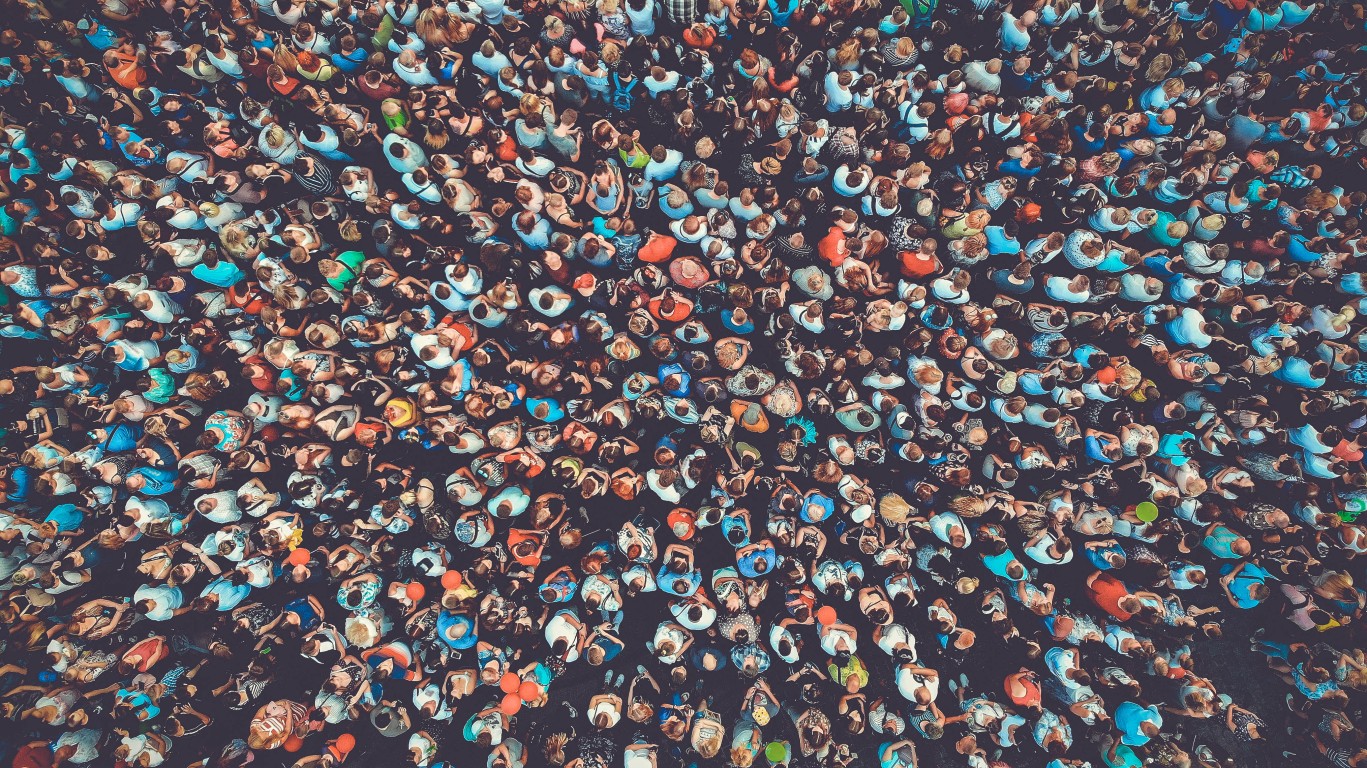
Published:

Megacities — defined as having 10 million residents — can be found worldwide. But who exactly is considered a city resident? The answer to this question is actually not that clear cut because there are inconsistencies as to what constitutes a city. Moreover, there are also different definitions for metropolitan or urban areas boundaries. Well, using urban development research group Demographia’s classification of urban areas, there are 44 such cities in the world today.
Demographia, rather than using any official boundaries of cities or jurisdictions, uses built-up urban areas definitions, explaining that such urban areas “function as an integrated economic unit, linked together by commuting flows, social and economic interactions.”
To identify the world’s 44 megacities, 24/7 Wall St. used data from the August 2023 edition of the World Urban Areas report from Demographia. Cities on the list are ranked based on their population. All data is from the report except for gross domestic product, which came from CEOWorldBiz. The matter of boundaries is particularly important to calculating GDP, and while some lists may rank New York as the largest economy among world cities, this list ranks Tokyo as the largest.
By far, Asia has the largest number of megacities, with 26 in the East Asia and Pacific region, including 11 in China. Of the eight cities in the South Asian region, five are in India. There are also four cities in sub-Saharan Africa, as well as four in Europe and Central Asia, including Paris and London. Six megacities are in Latin America, and two — New York and Los Angeles — are in North America. (Also see: The Wealthiest Cities in Every US State.)
Many of these cities have a diverse cultural mixture as well as governing challenges that include infrastructure, population density, and environmental problems.


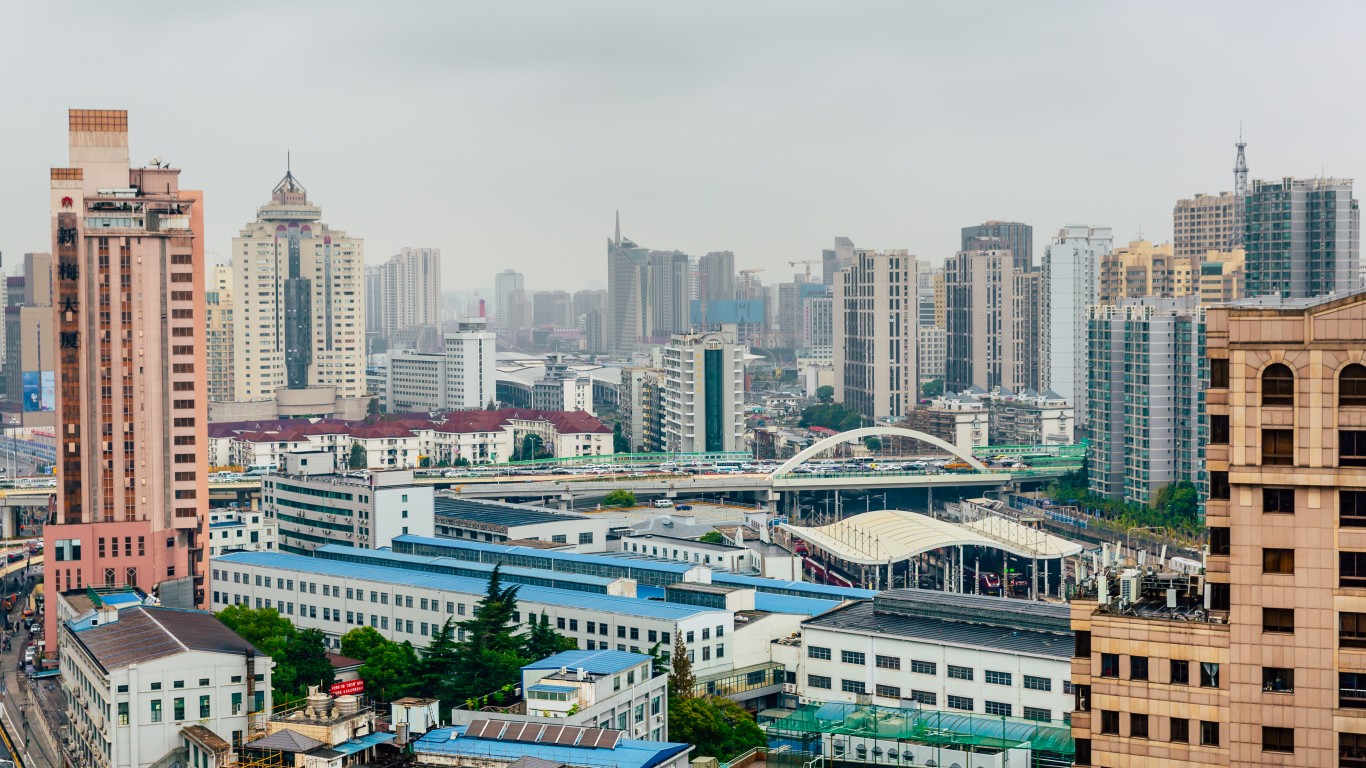

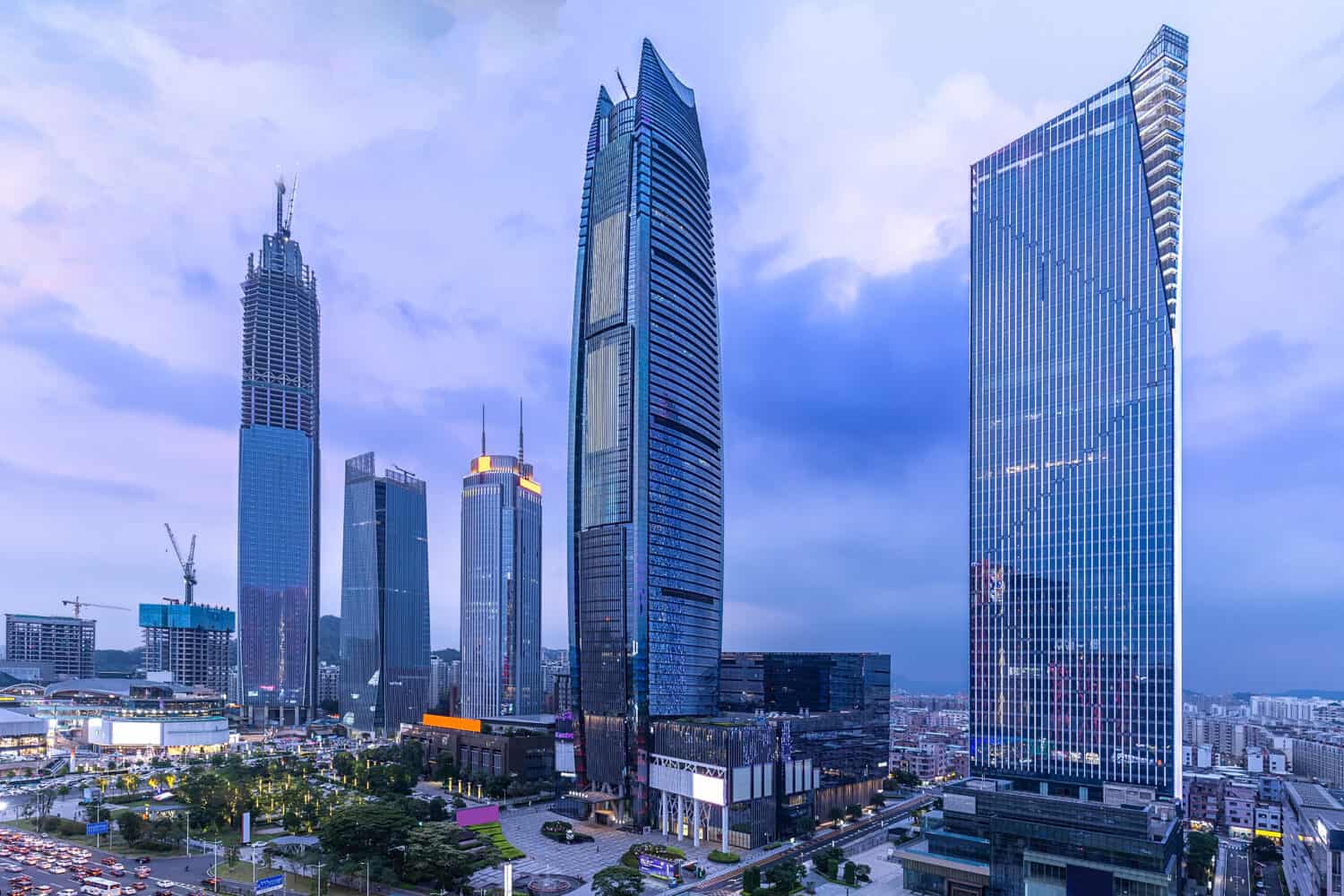
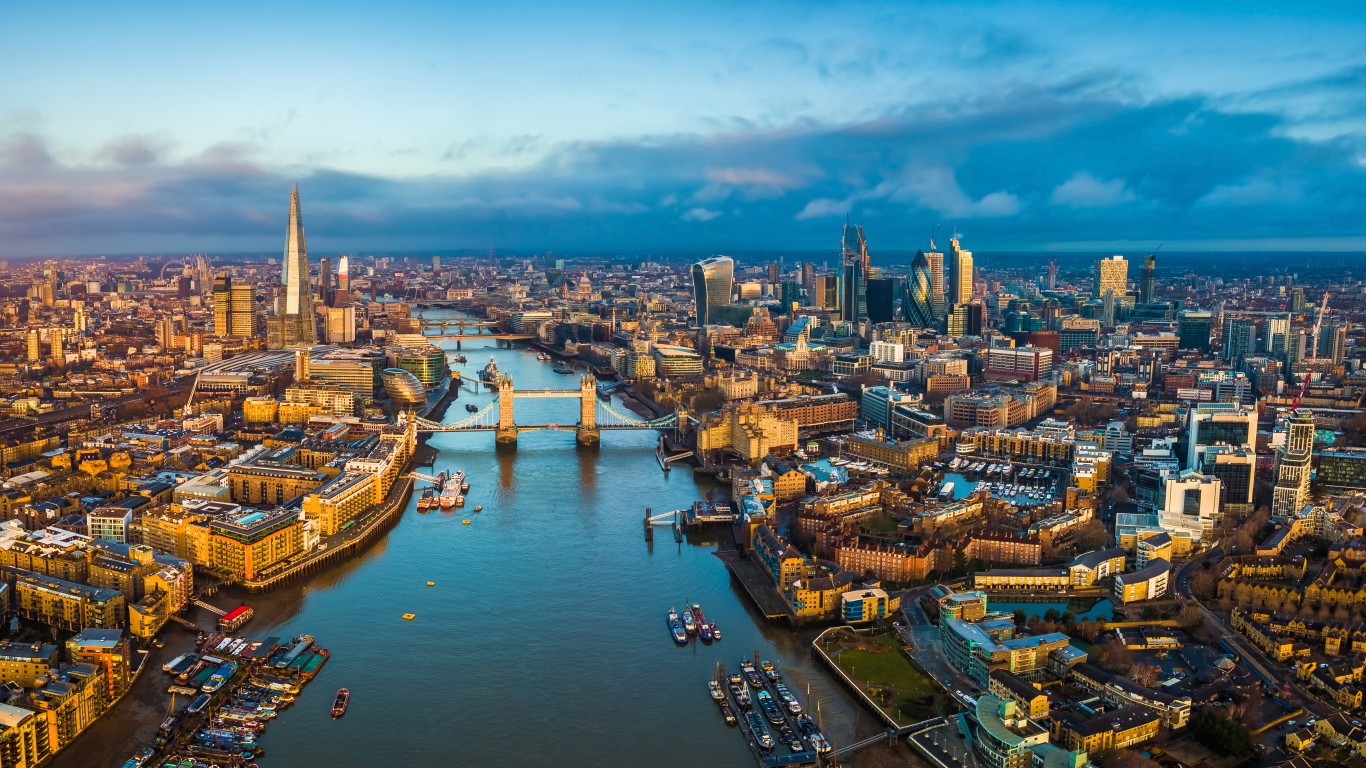
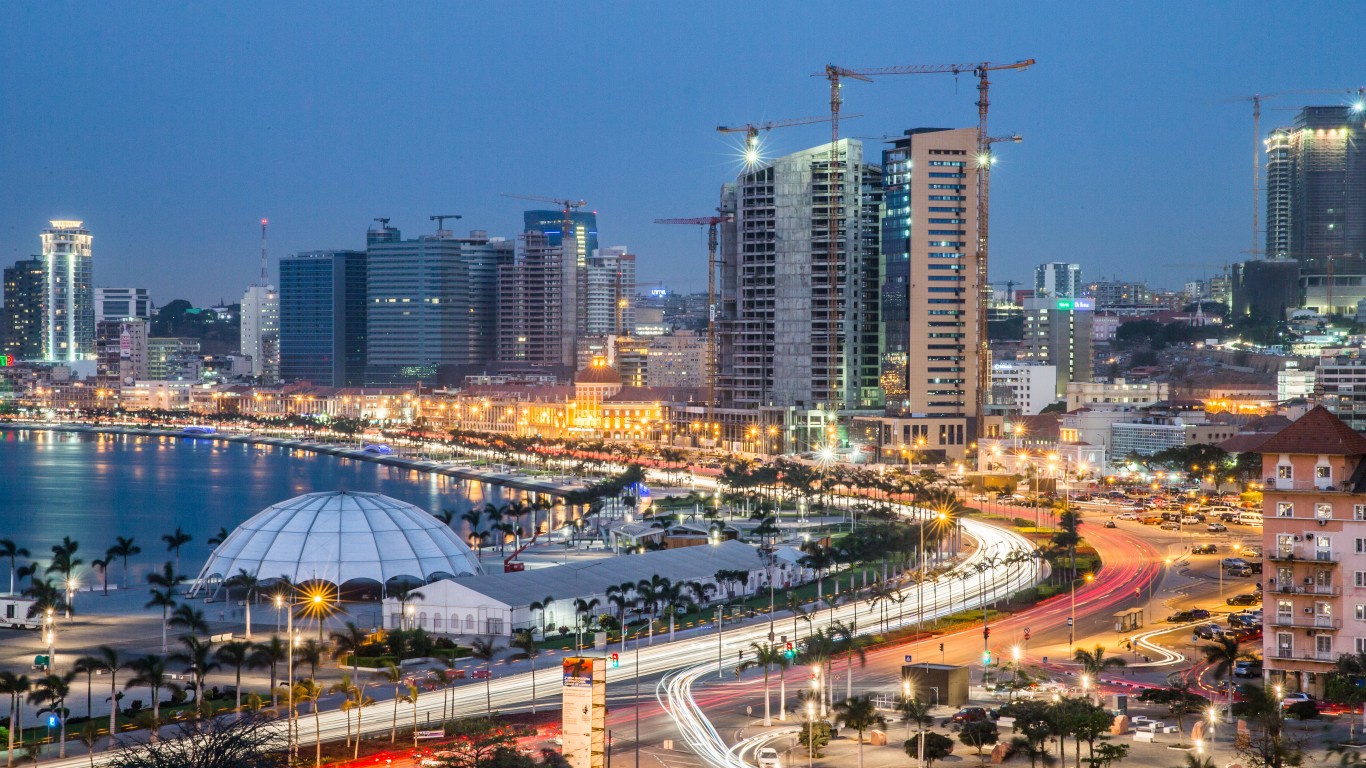
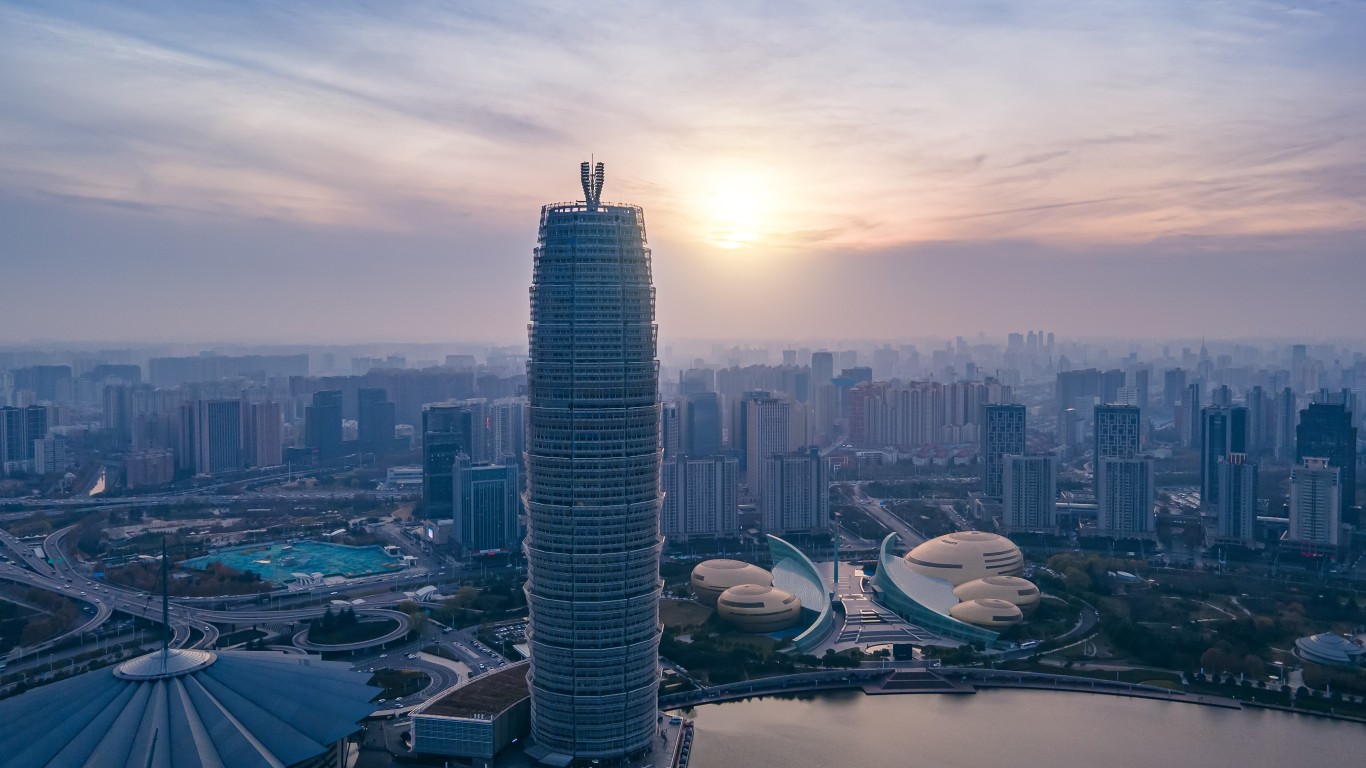


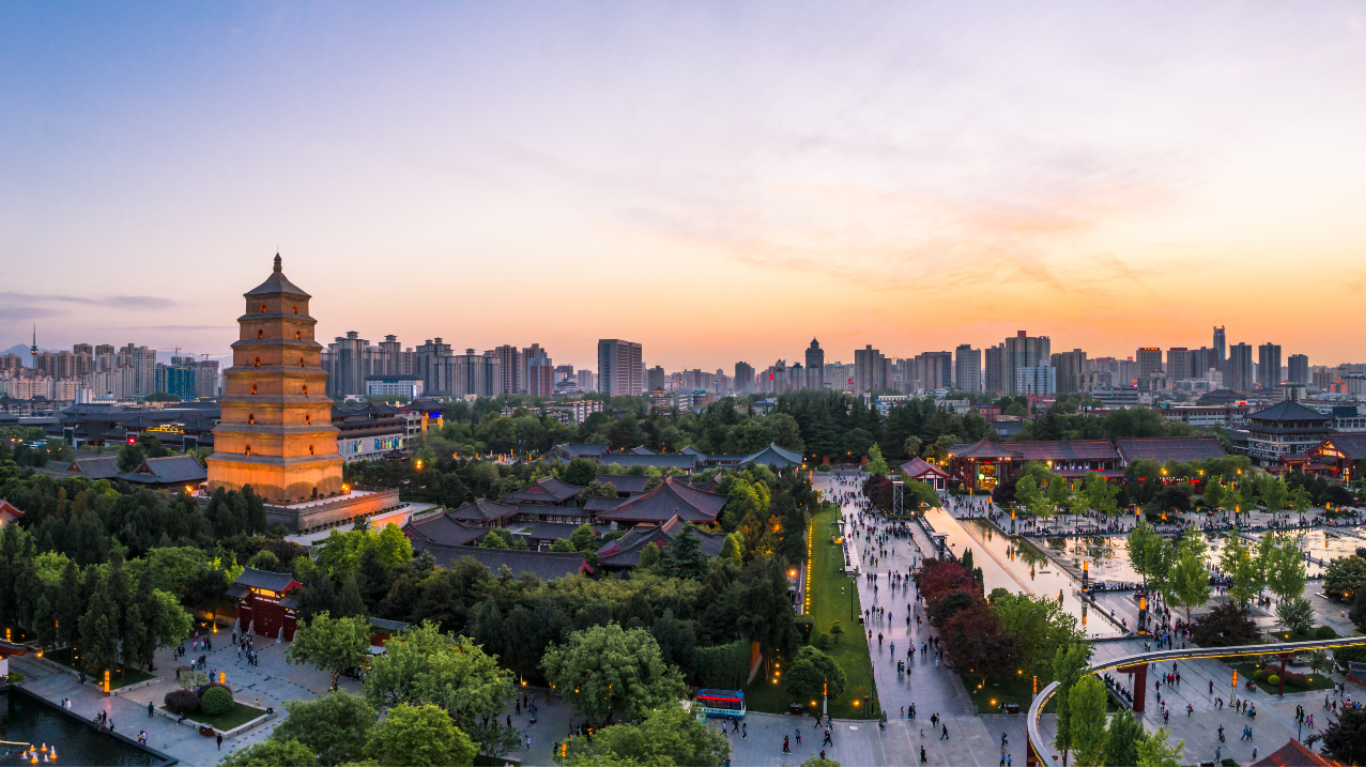


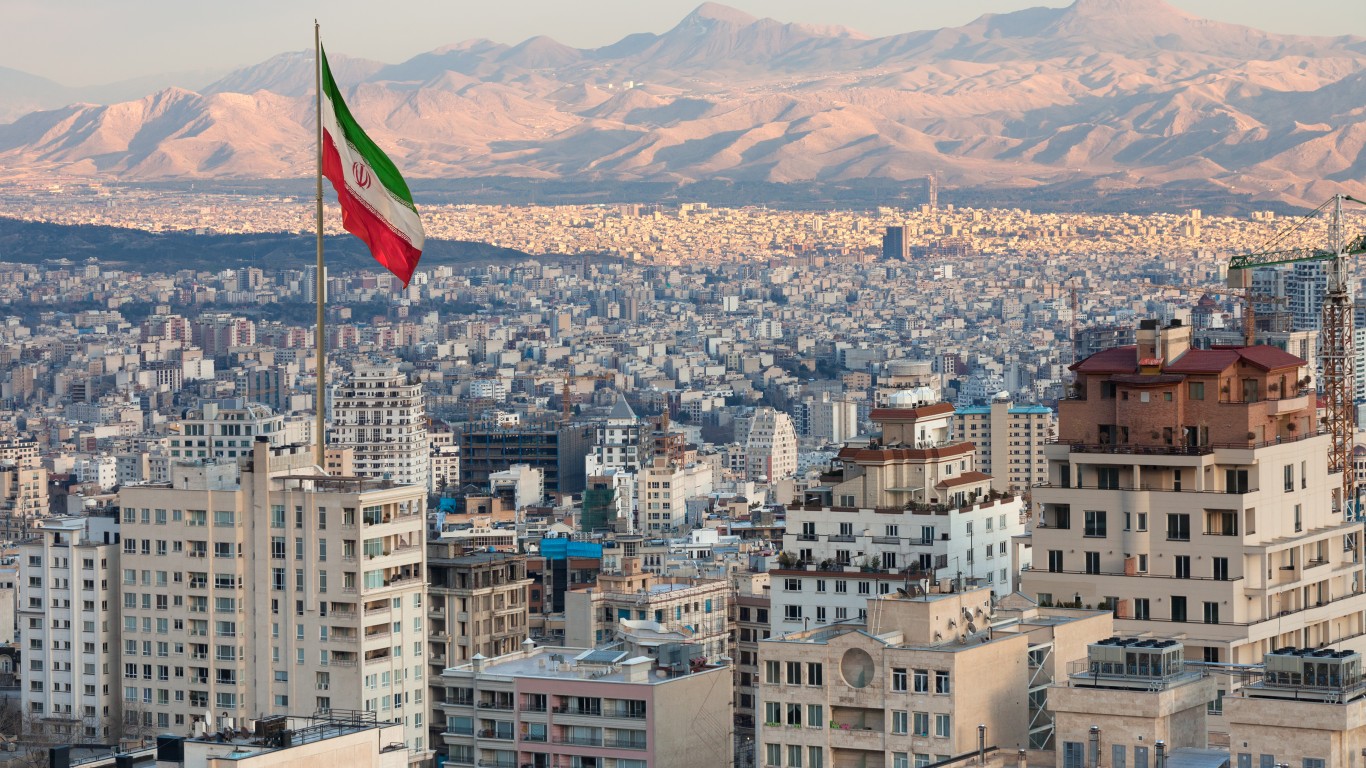
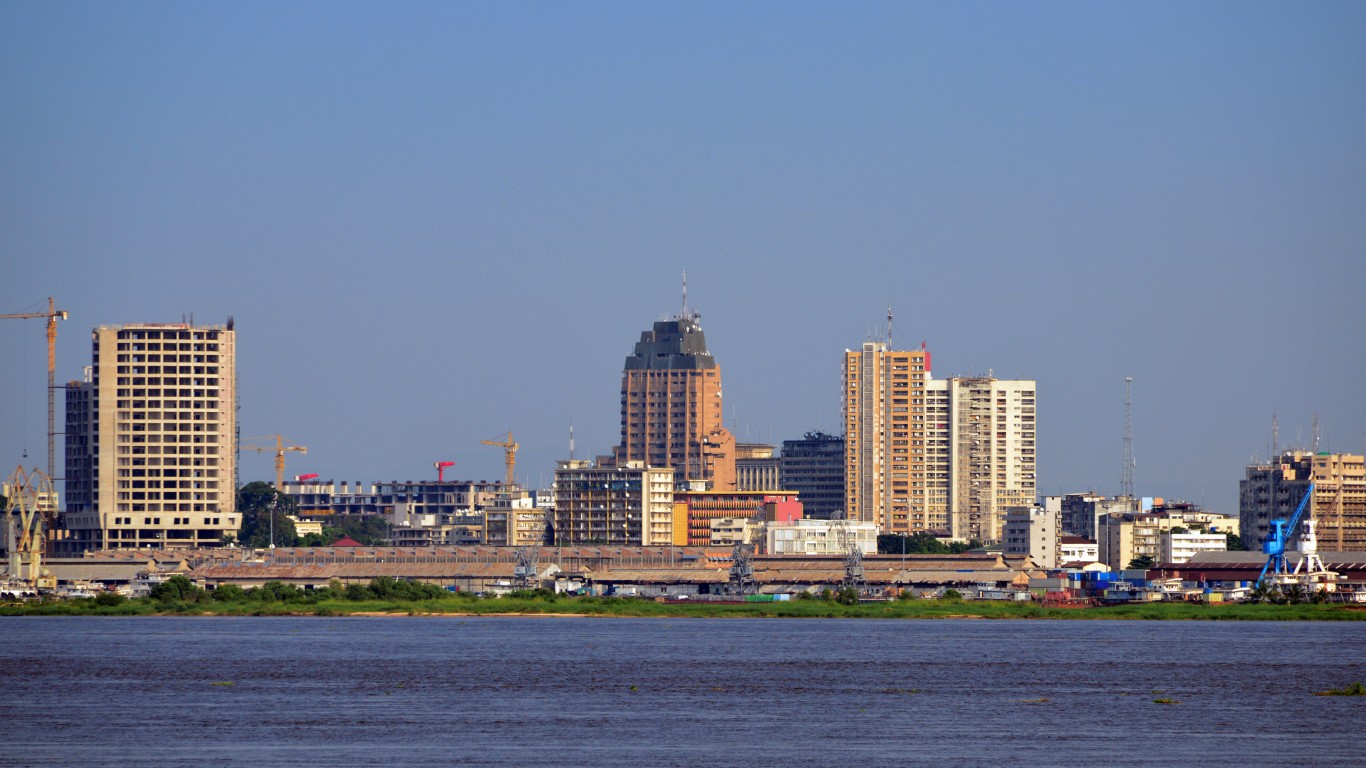
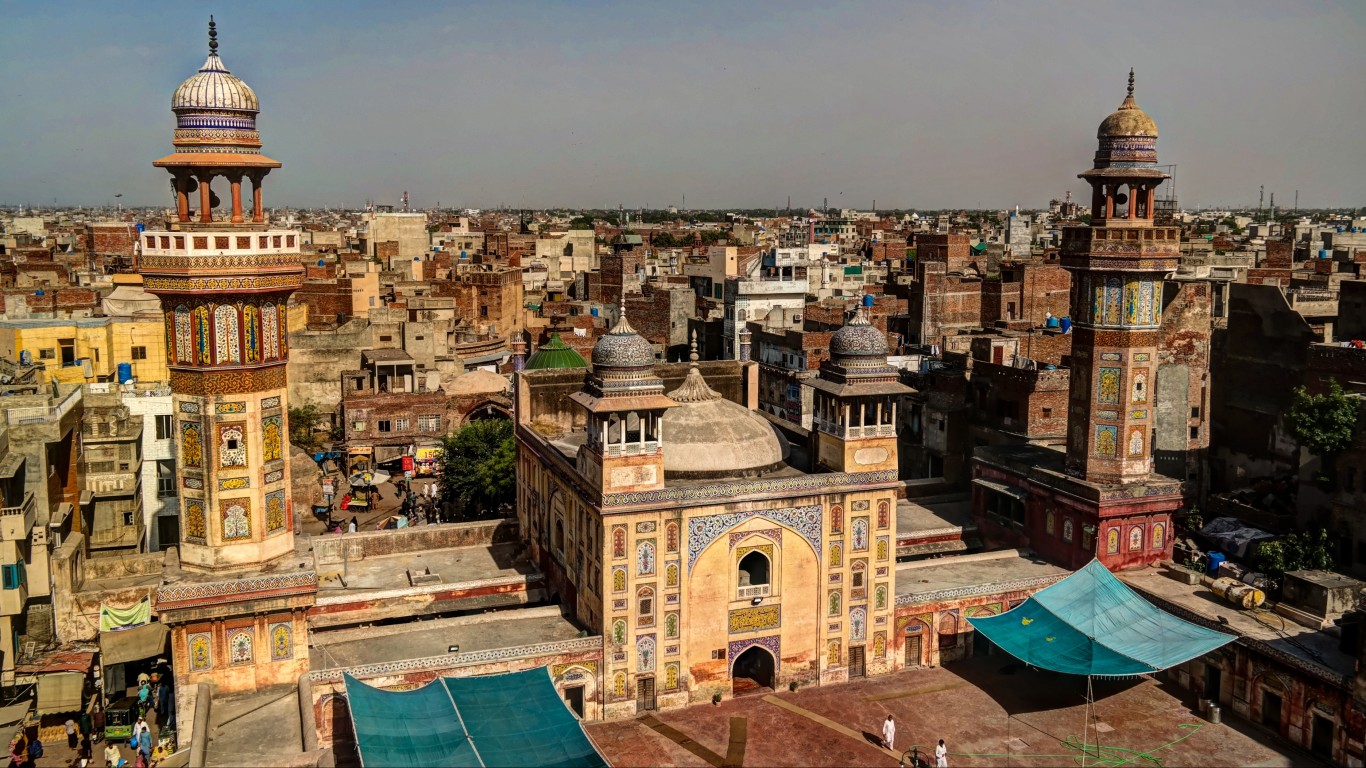

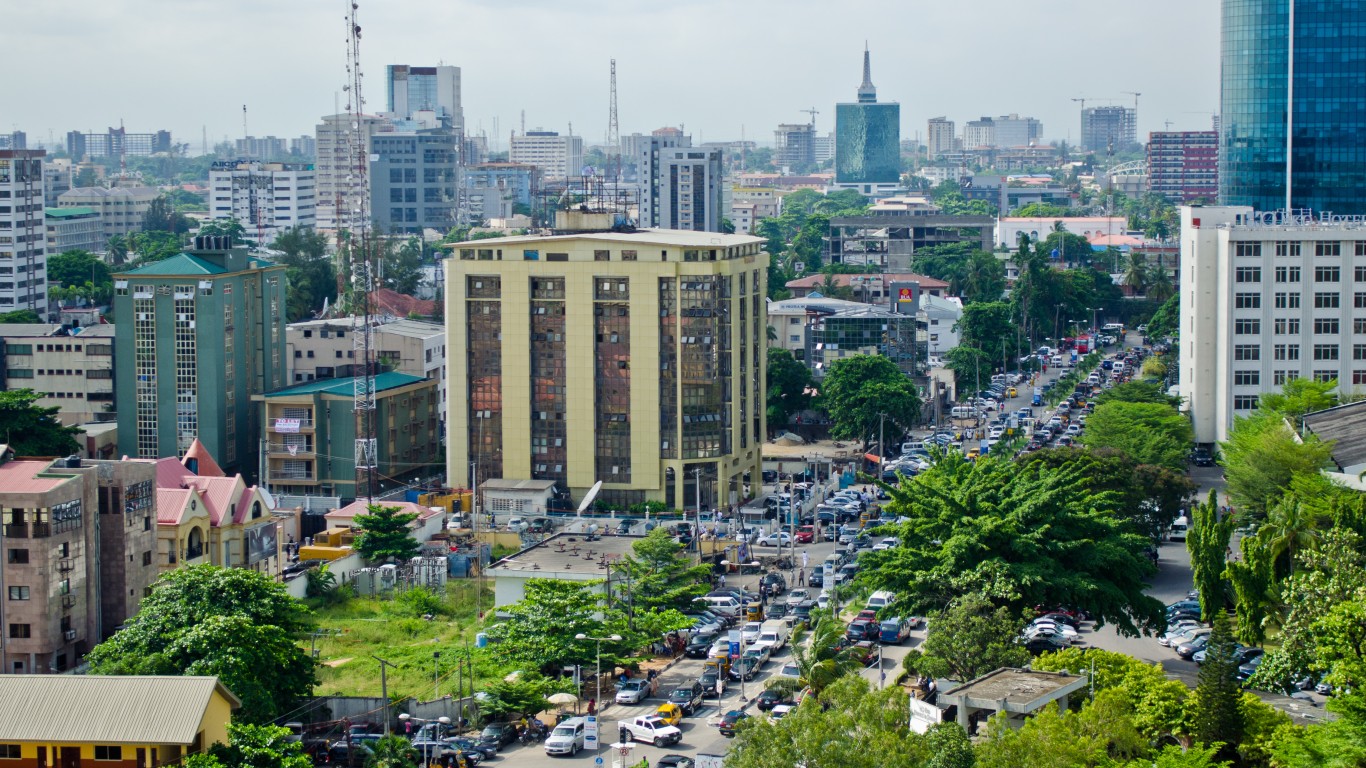


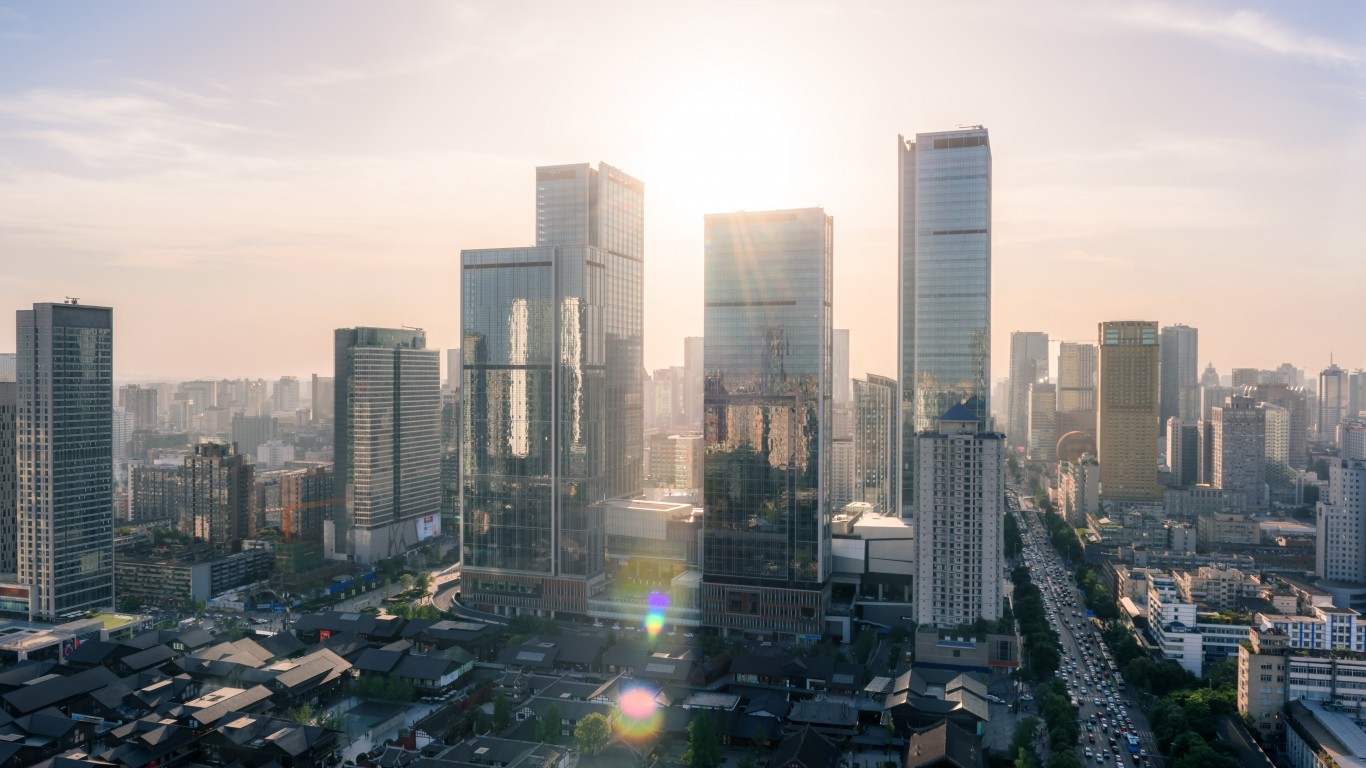

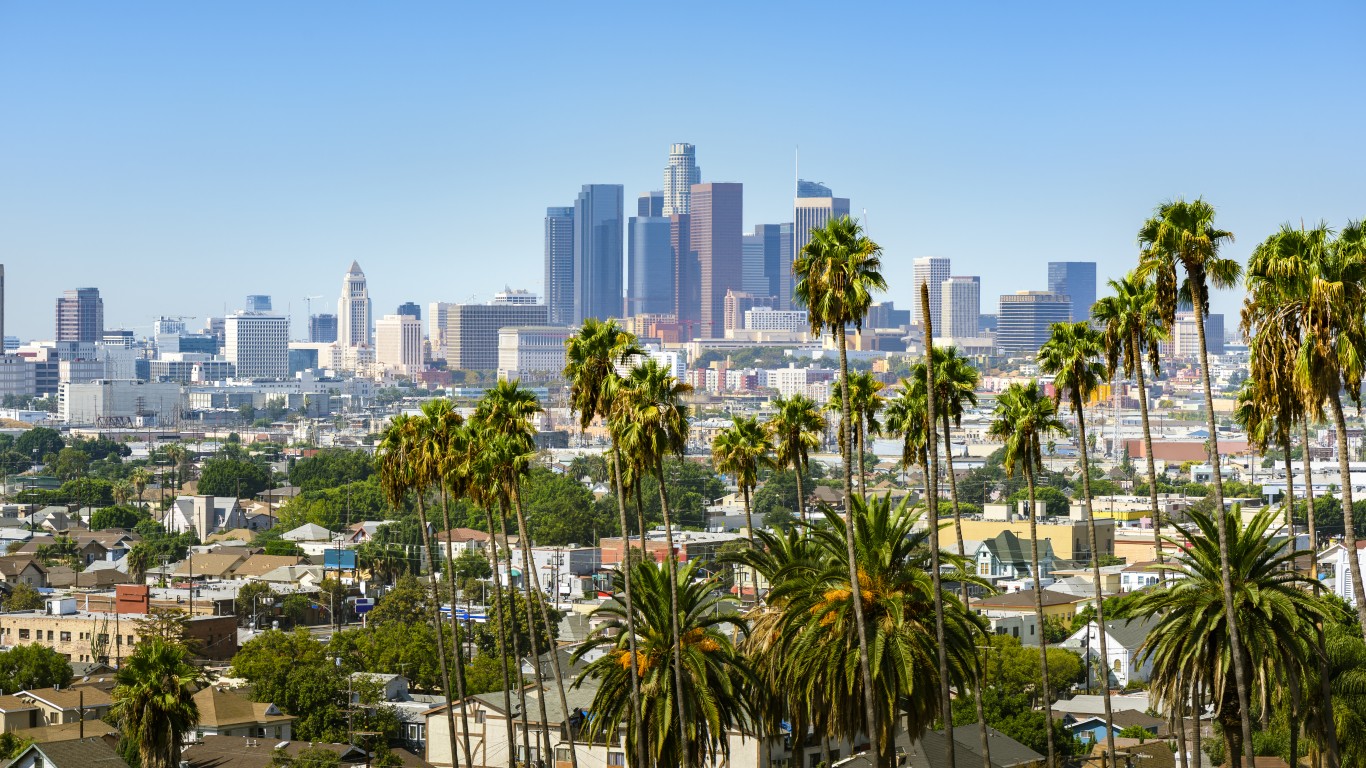
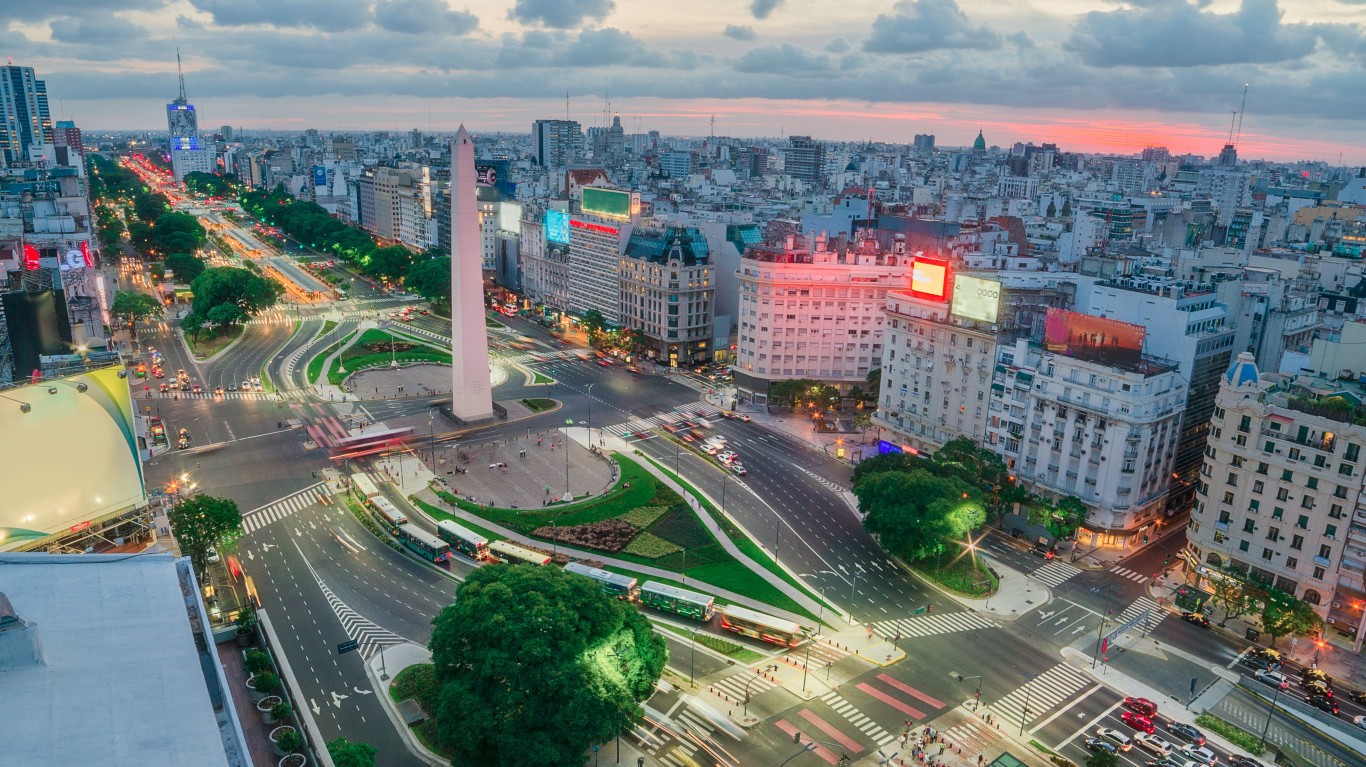
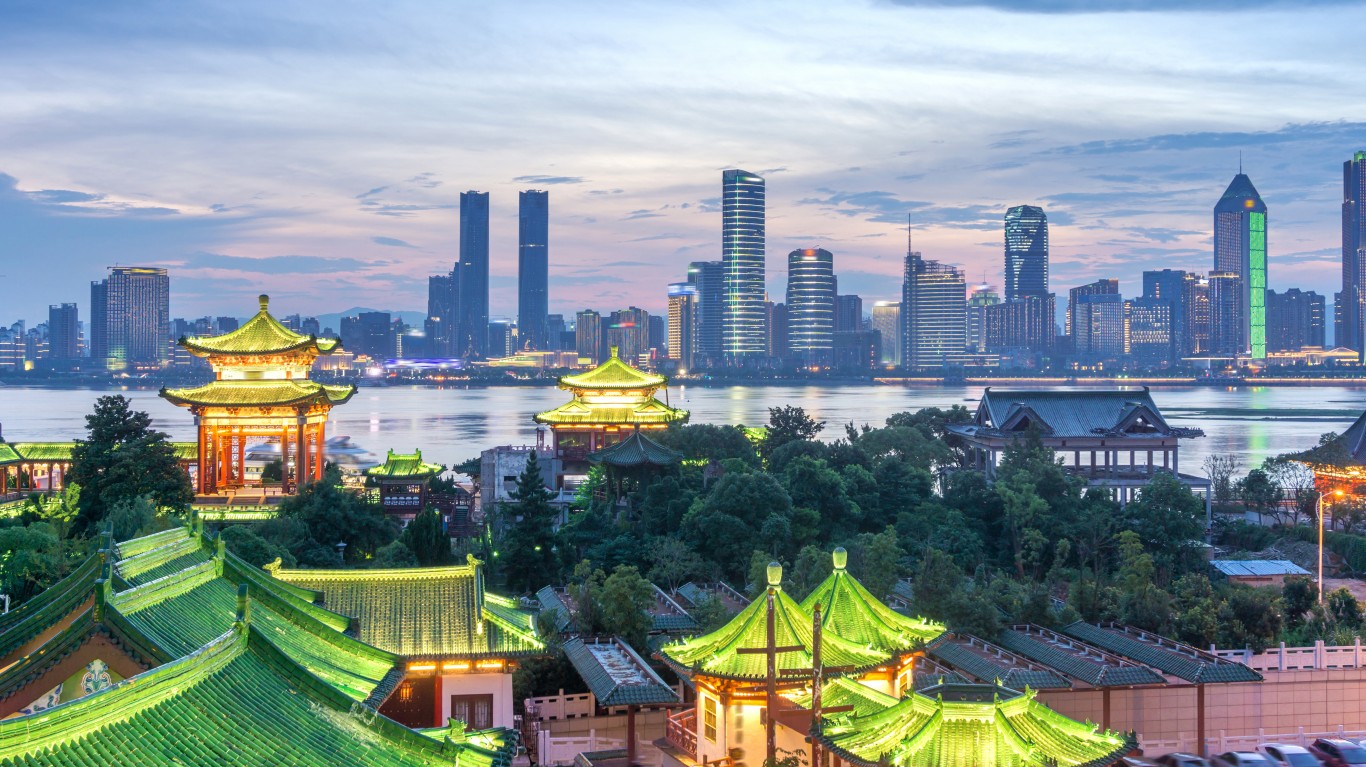
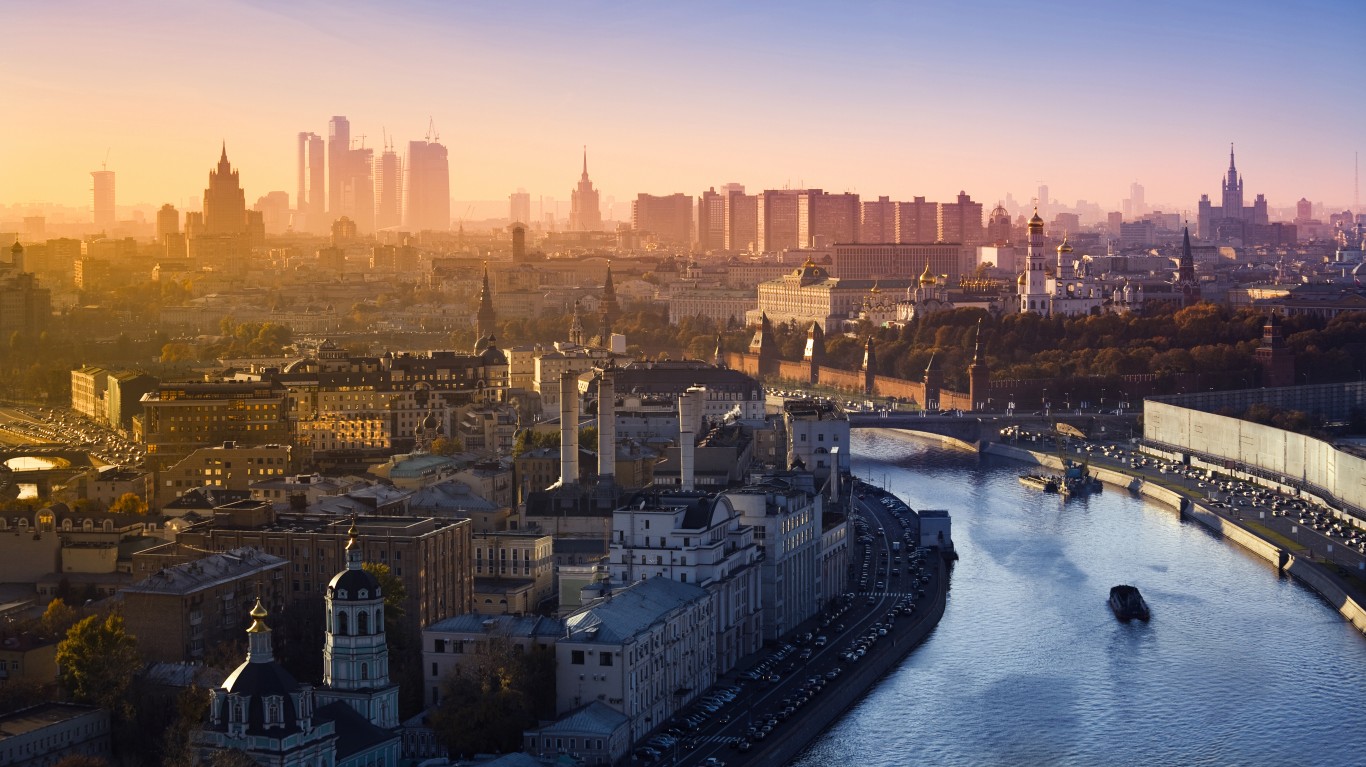
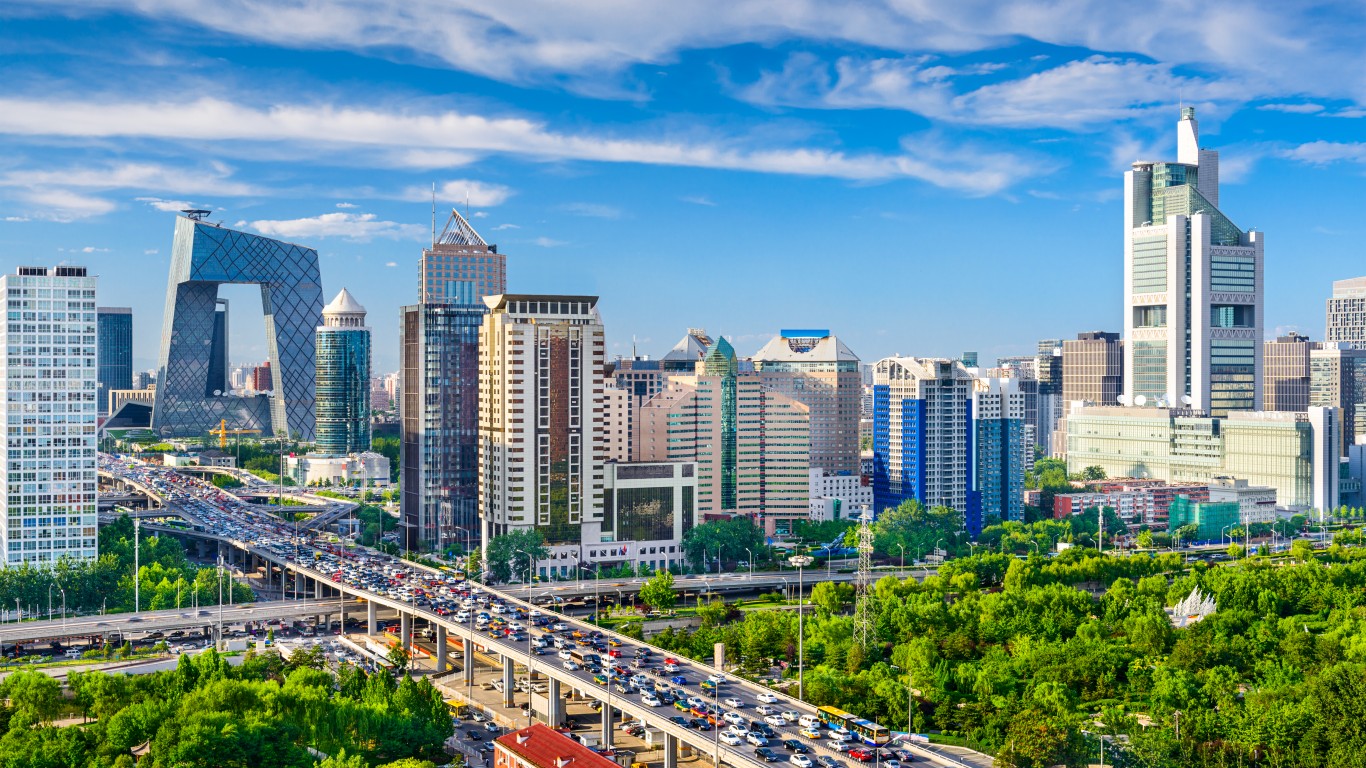

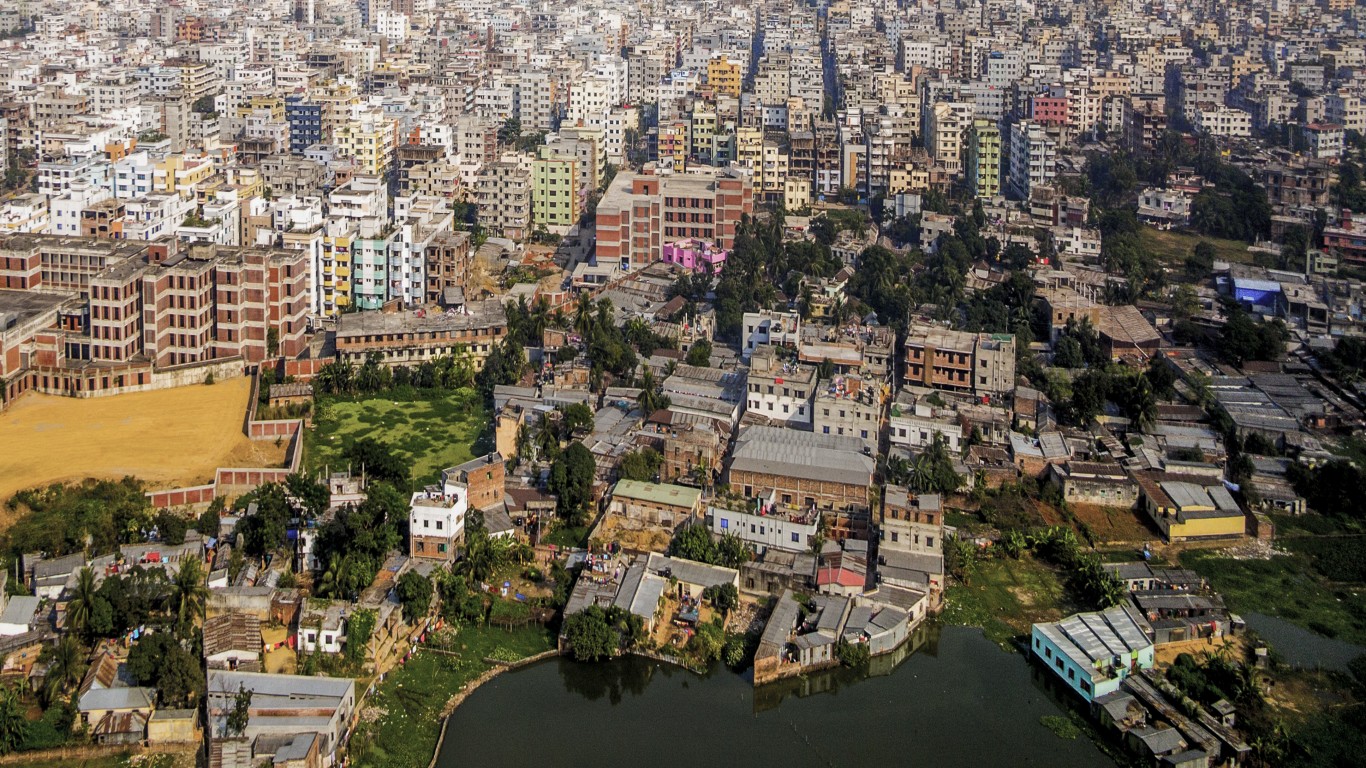
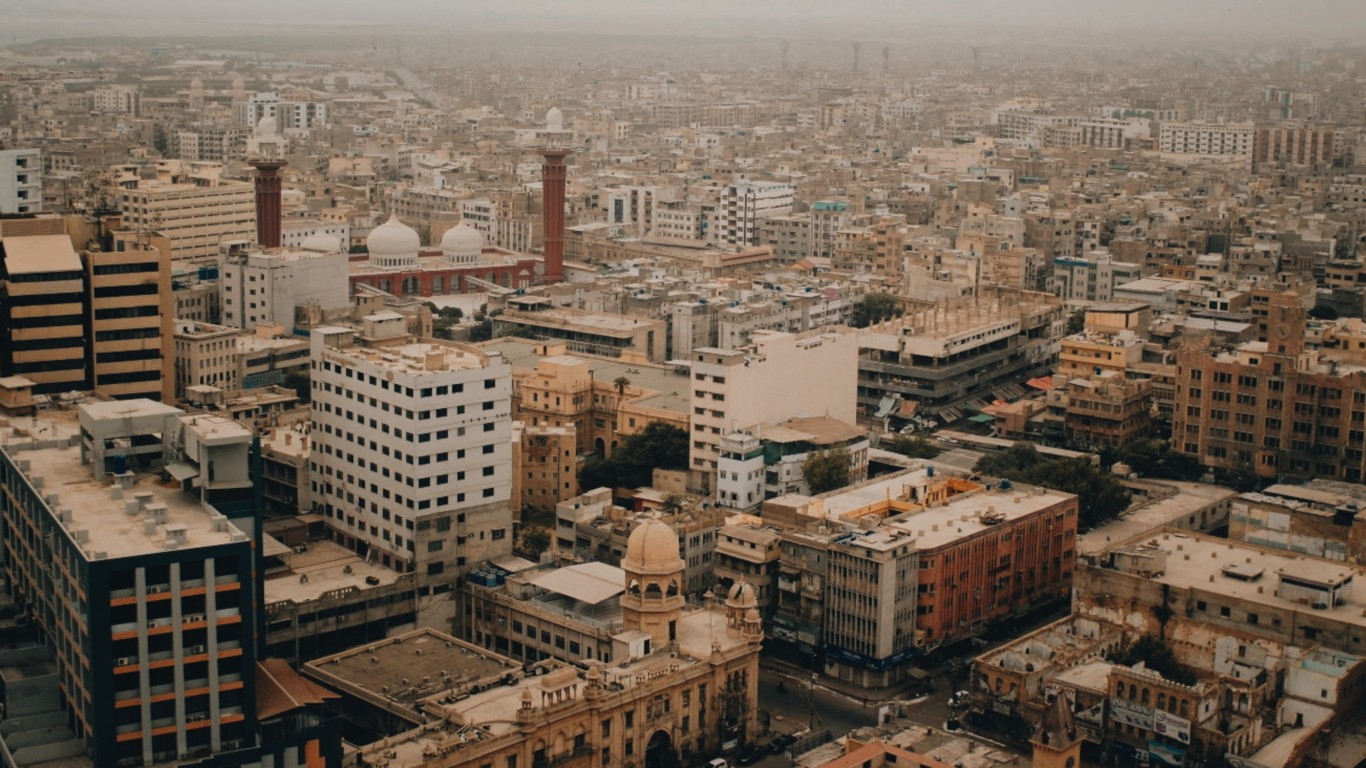


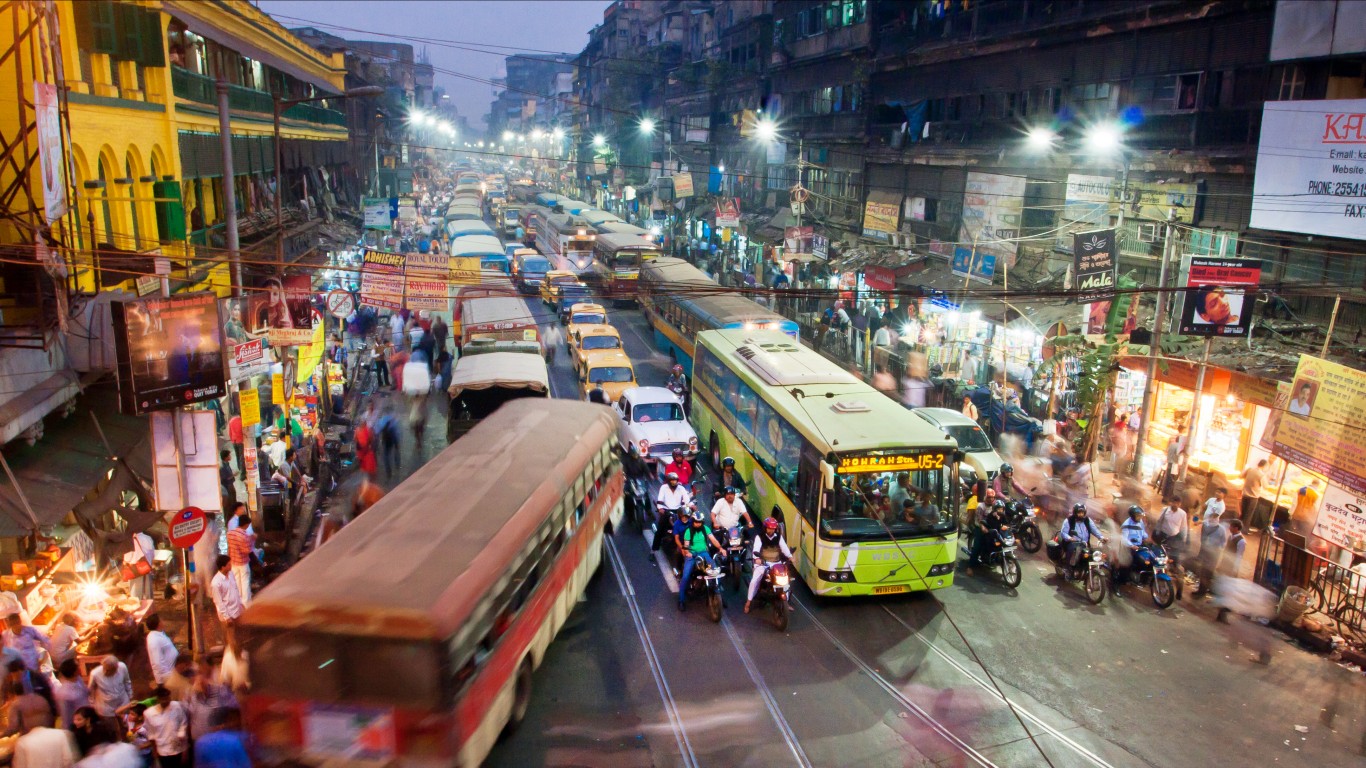

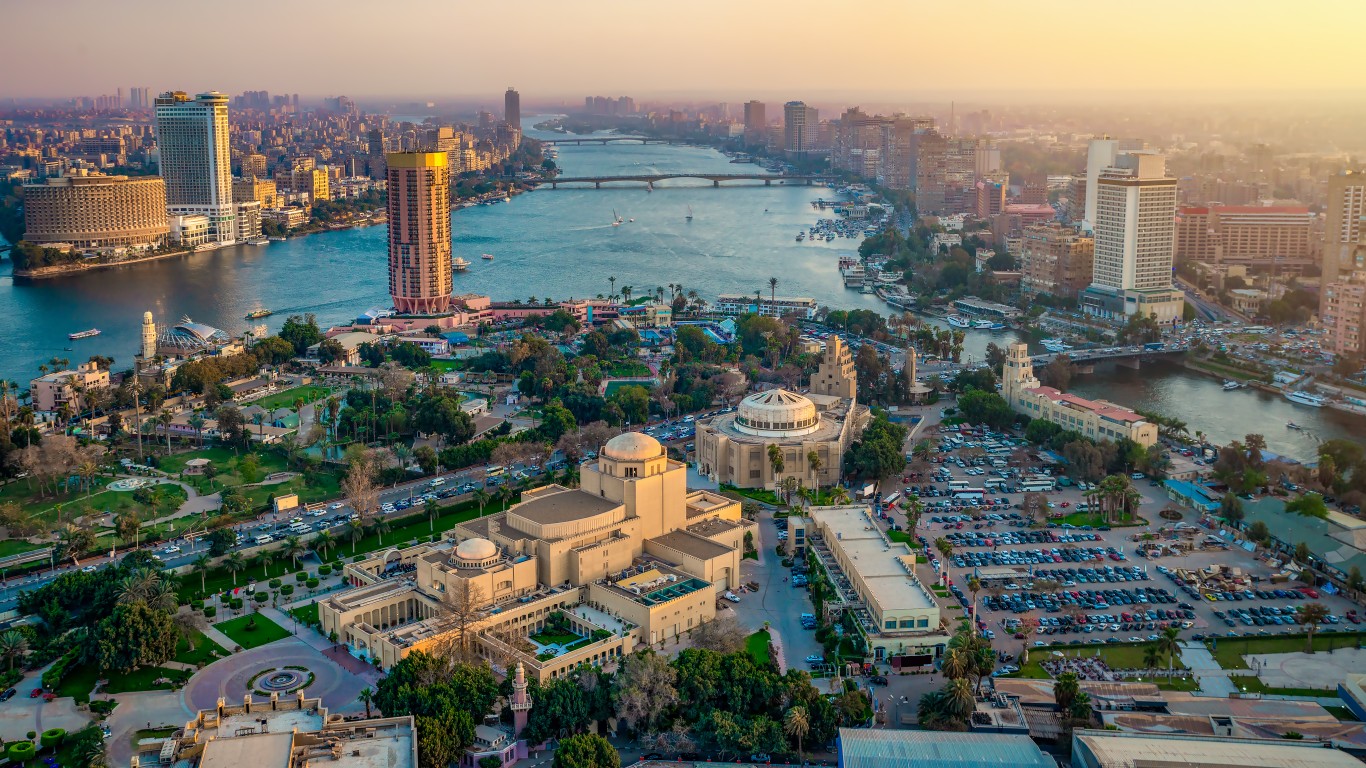
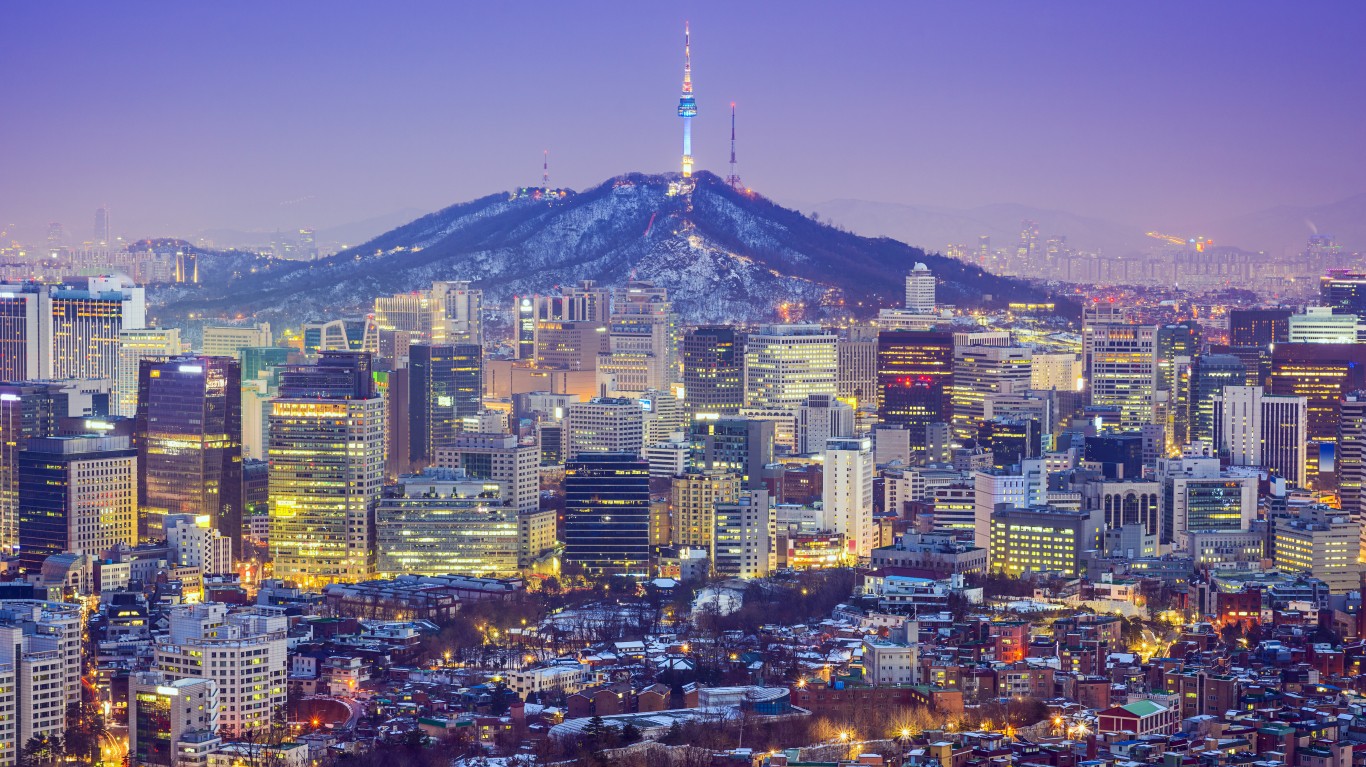
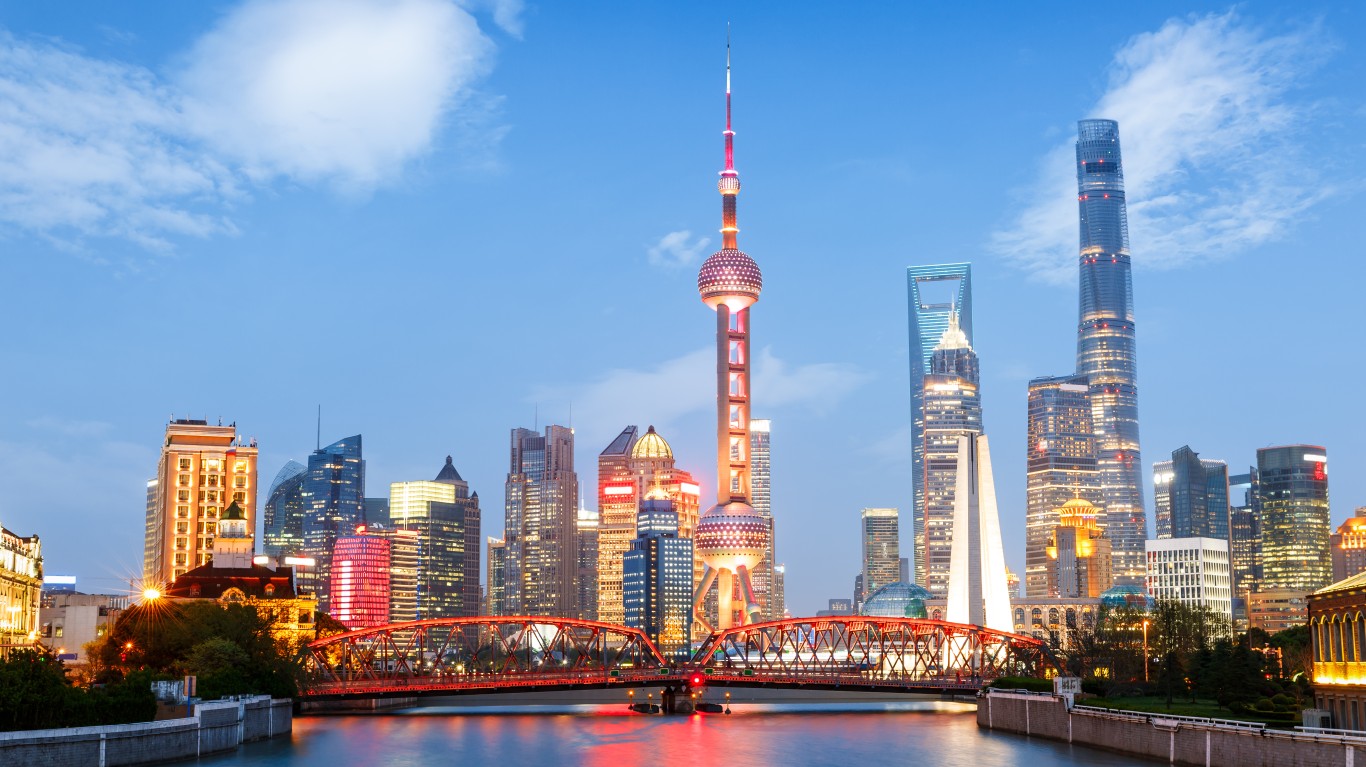
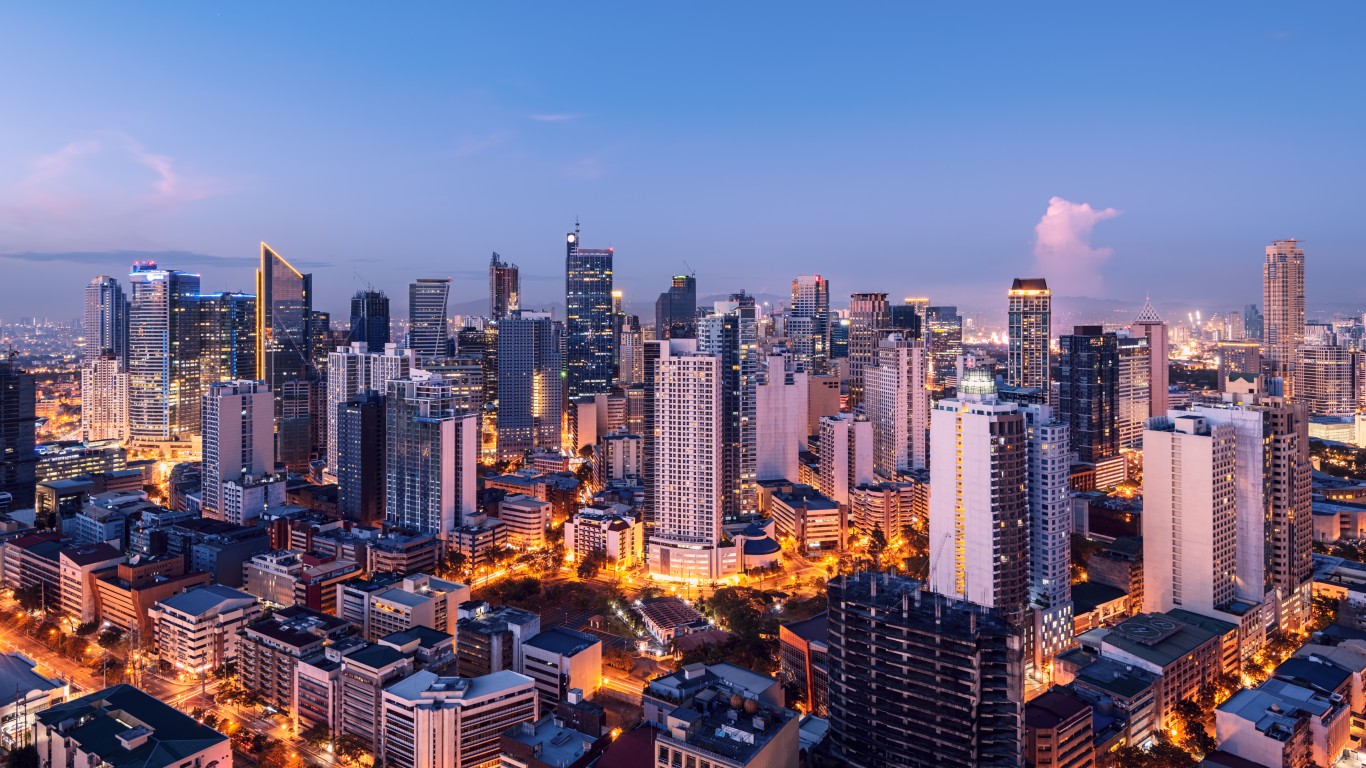


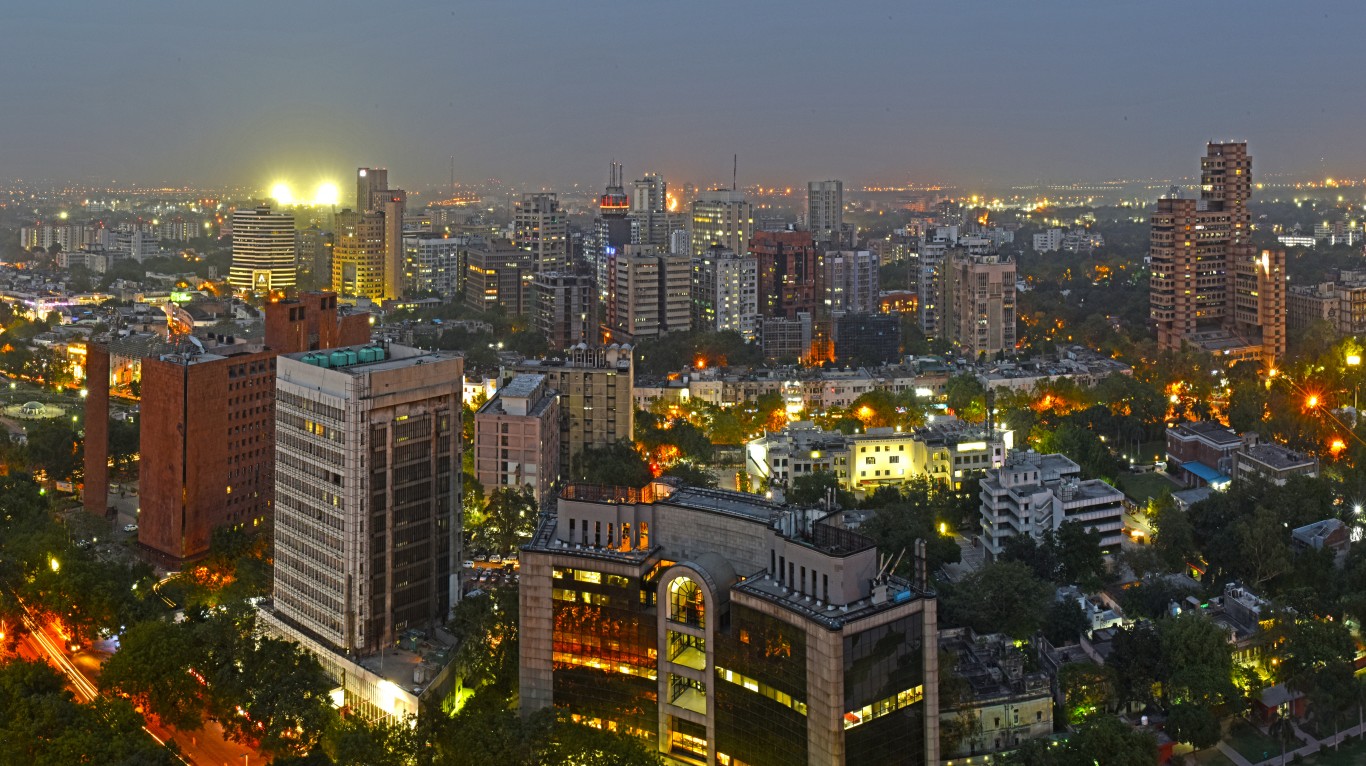


If you’re one of the over 4 Million Americans set to retire this year, you may want to pay attention.
Finding a financial advisor who puts your interest first can be the difference between a rich retirement and barely getting by, and today it’s easier than ever. SmartAsset’s free tool matches you with up to three fiduciary financial advisors that serve your area in minutes. Each advisor has been carefully vetted, and must act in your best interests. Start your search now.
Don’t waste another minute; get started right here and help your retirement dreams become a retirement reality.
Thank you for reading! Have some feedback for us?
Contact the 24/7 Wall St. editorial team.